Estonia, the nation that pioneered e-residency and digital voting, is now applying its legendary tech-savviness to one of its most ancient and vital assets: its forests. This July, the government, in partnership with leading tech startups and the University of Tartu, officially launched the pilot phase of “Kaitstud Mets” (Estonian for “Protected Forest”). This groundbreaking initiative aims to create a real-time “digital twin” of Estonia’s vast woodlands, using a sophisticated network of AI, drones, and IoT sensors. It’s a project that sounds like science fiction but is rooted in a very real, urgent need to manage and preserve natural resources in a smarter, more sustainable way.
What is the “Kaitstud Mets” Initiative?
At its core, “Kaitstud Mets” is a data-driven conservation project. For decades, managing the nearly 2.3 million hectares of Estonian forest has relied on manual inspections and periodic satellite imagery, methods that are often slow and reactive. This new initiative flips the script to a proactive, predictive model. The pilot, currently covering 50,000 hectares in Lahemaa National Park, is a live testbed for a nationwide rollout.
The system is built on three technological pillars:
- IoT Sensor Network: Thousands of tiny, low-power sensors are being deployed across the forest floor. These devices monitor crucial data points in real-time, including soil moisture, temperature, air quality, and even acoustic signatures to detect the sound of chainsaws.
- Autonomous Drone Surveillance: Fleets of drones equipped with multispectral cameras perform regular sweeps. They gather visual data far beyond what the human eye can see, identifying early signs of disease or pest infestation in trees, assessing canopy density, and mapping terrain with centimetre-level accuracy.
- AI-Powered Analytics Platform: All this data feeds into a centralized AI platform. Machine learning algorithms analyze the incoming streams to identify patterns, predict risks, and generate actionable alerts. For example, the AI can flag an area with unusually low soil moisture as a high fire risk or detect subtle changes in leaf color that indicate a bark beetle outbreak weeks before it would be visible to a ranger on the ground.
A Public-Private Partnership for a Greener Future
This ambitious project is not a solo government endeavor. It exemplifies Estonia’s famous collaborative spirit. The Ministry of Environment provides the framework and access, while the University of Tartu’s computer science department helps develop the core algorithms. The real agility comes from the private sector. A Tallinn-based startup, “Eesti EcoTech,” won the tender to develop and deploy the sensor and drone hardware.
“This is the Estonian way,” explains Dr. Liina Kask, the project’s lead scientist from the University of Tartu. “We see a problem, and we bring together the best minds from government, academia, and business to build a digital solution. We don’t just want to protect our forests; we want to create the most intelligently managed forests in the world.”
Early Data and Data-Driven Success
Although the pilot is only weeks old, it’s already yielding impressive results. According to a preliminary report released on July 15th:
- The system successfully identified two instances of unauthorized vehicle entry into protected zones, alerting park rangers who were able to intervene immediately.
- AI analysis pinpointed a small, nascent cluster of Ips typographus (European spruce bark beetle), allowing for its swift containment and preventing a potentially widespread infestation.
- The real-time moisture data is allowing for a dynamic fire risk map, far more accurate than traditional seasonal warnings.
More Than Just Trees: The Broader Impact
The potential applications of “Kaitstud Mets” extend far beyond fire and pest control. The rich dataset will be invaluable for a variety of purposes:
- Biodiversity Tracking: The system can monitor animal movement patterns and identify critical habitats, helping to protect endangered species like the flying squirrel.
- Carbon Sequestration: By accurately measuring forest growth and health, Estonia can provide precise data on its carbon sink capacity, a crucial tool for climate policy.
- Eco-Tourism: In the future, an app could guide tourists through the forest, providing real-time information about the nature around them, powered by the very same data network.
The “Digital Forest” initiative is a quintessential Estonian story: a pragmatic, technology-driven solution to a complex problem. It serves as a powerful global blueprint for how nations can leverage innovation to become better stewards of their environment. By treating their forests not just as a natural resource but as a complex data network, Estonia is coding a greener, more sustainable future for itself and, potentially, for the world.
What other areas of public life or environmental protection could benefit from a “digital twin” approach? Share your ideas in the comments.
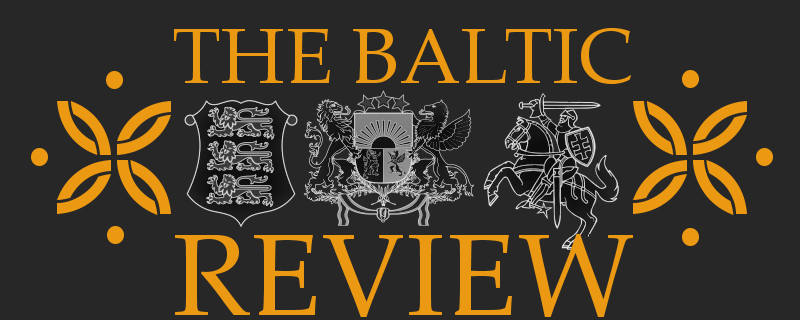
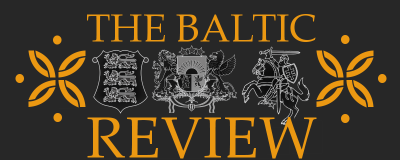

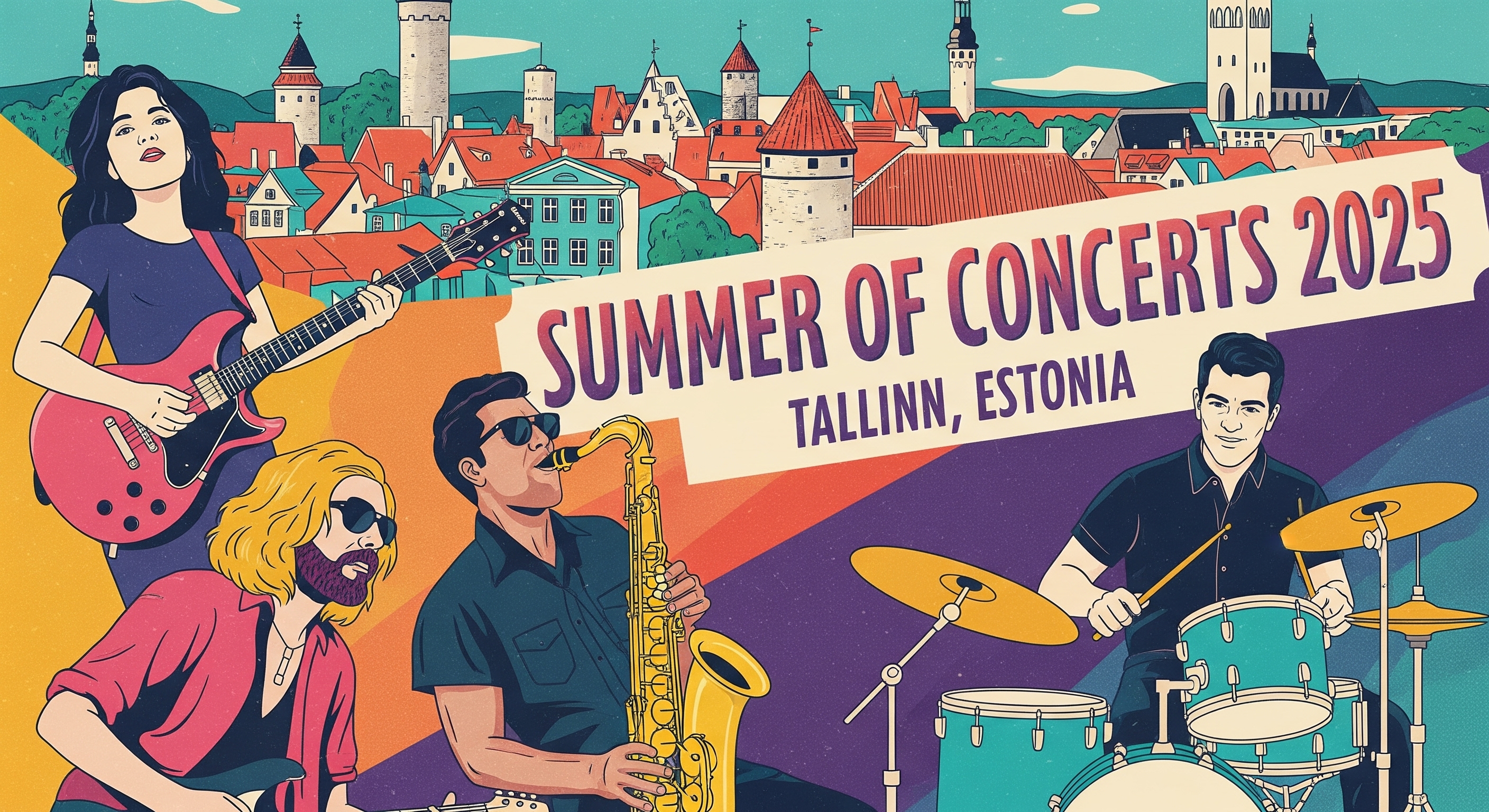
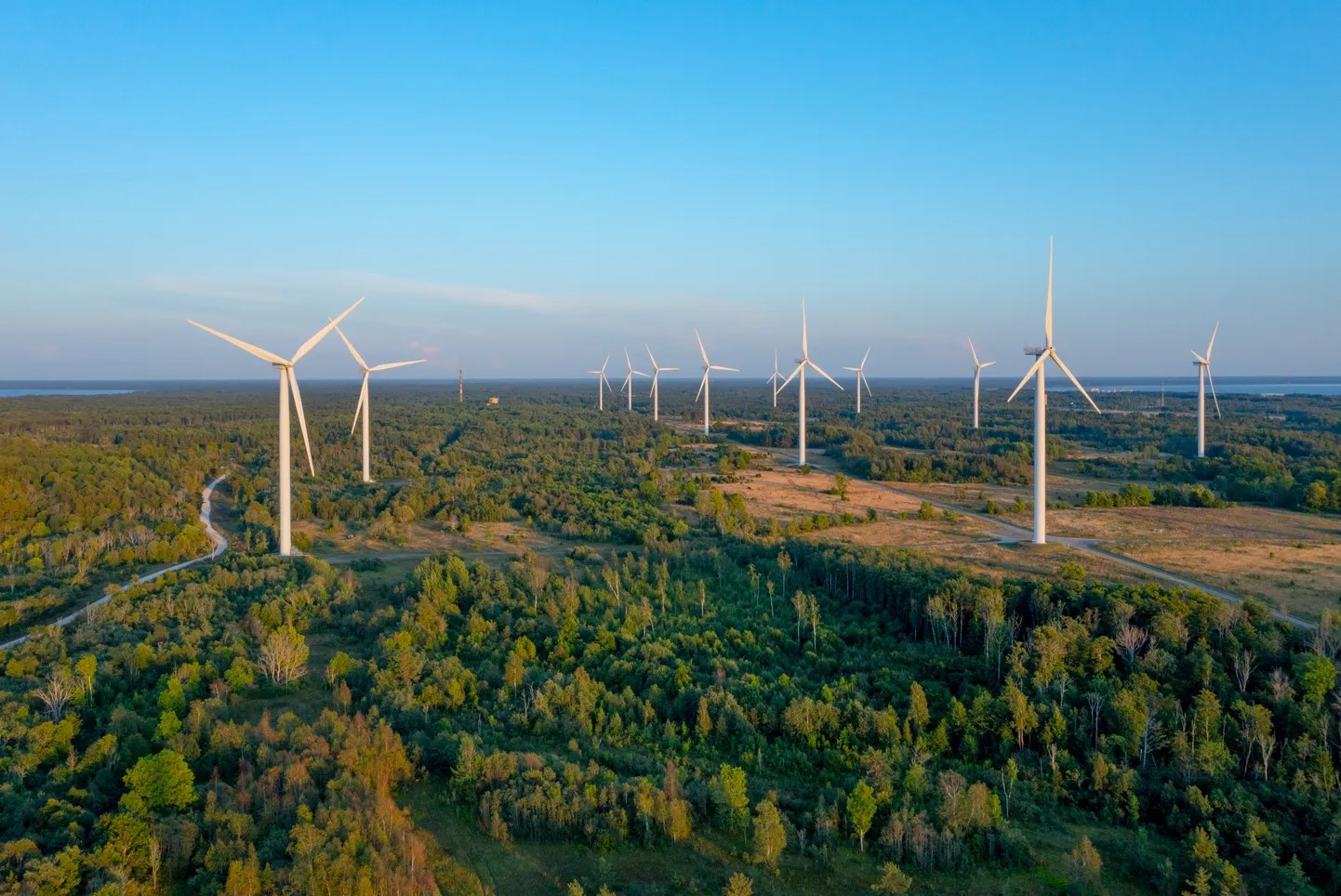
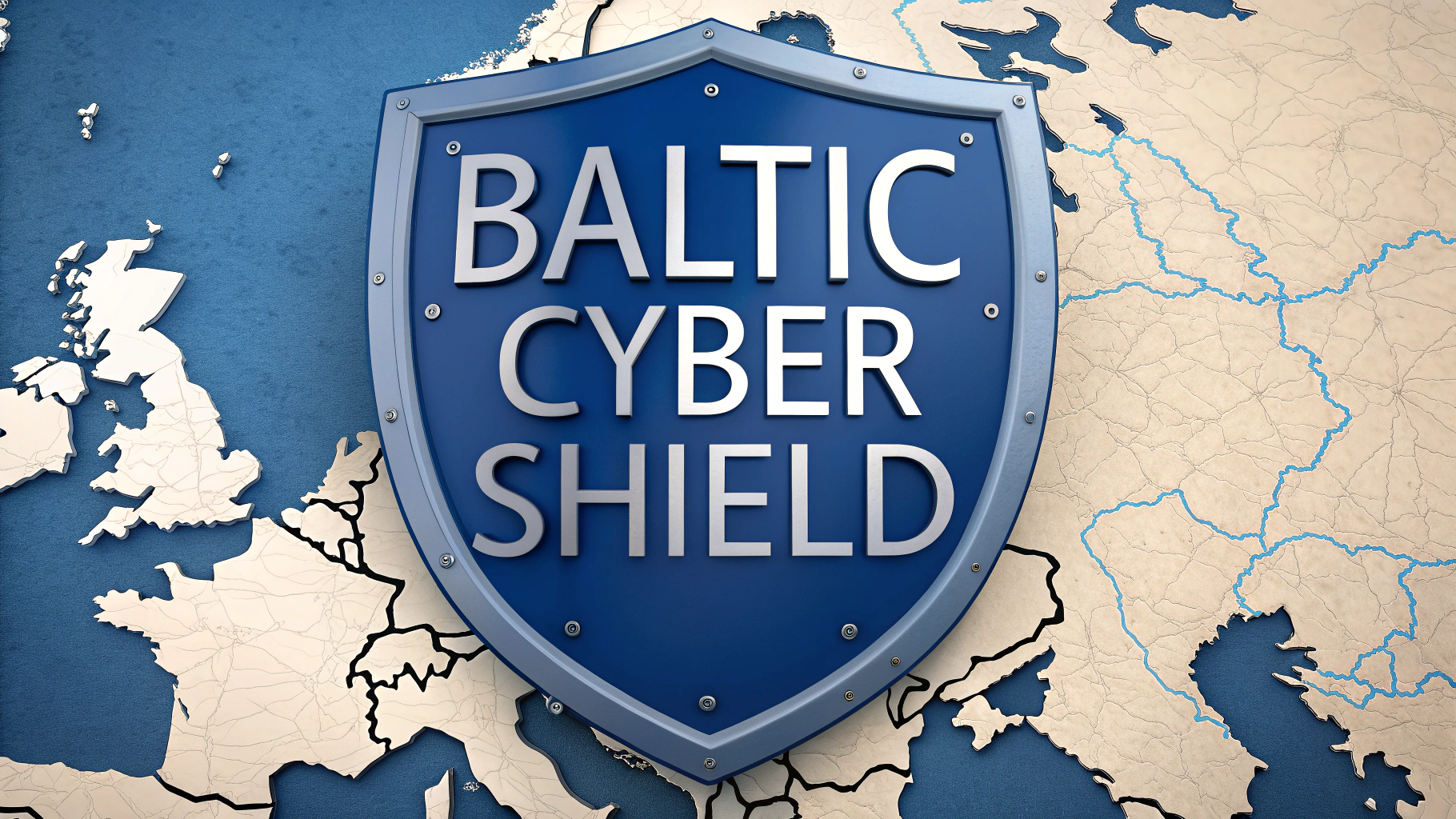




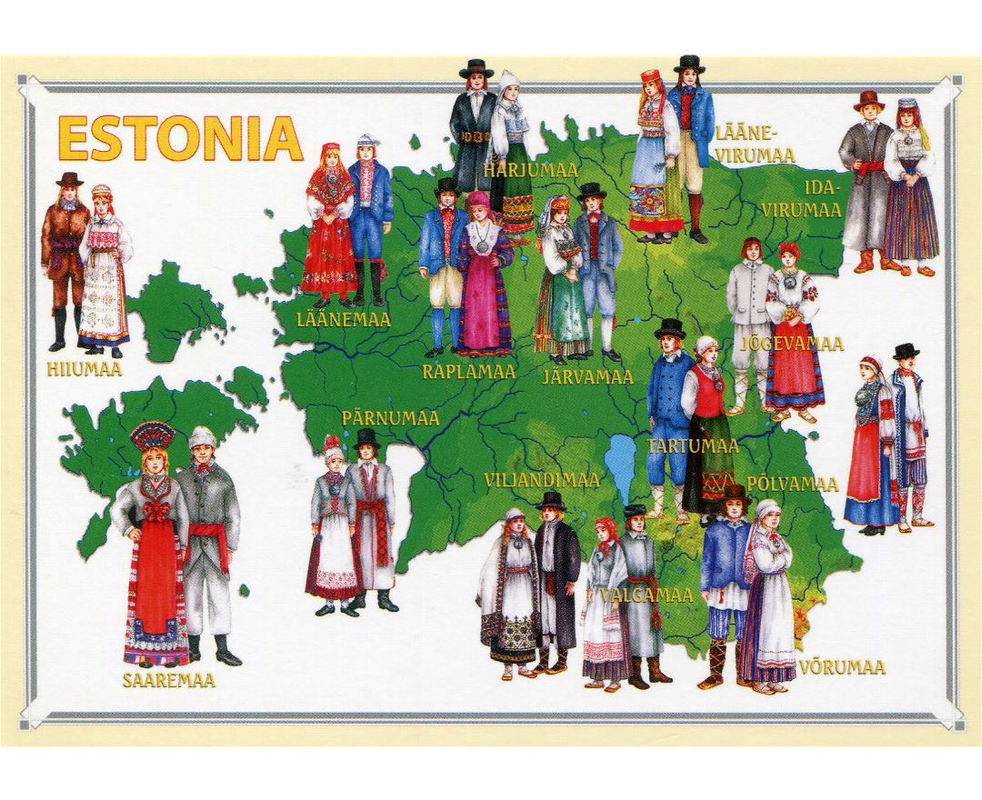
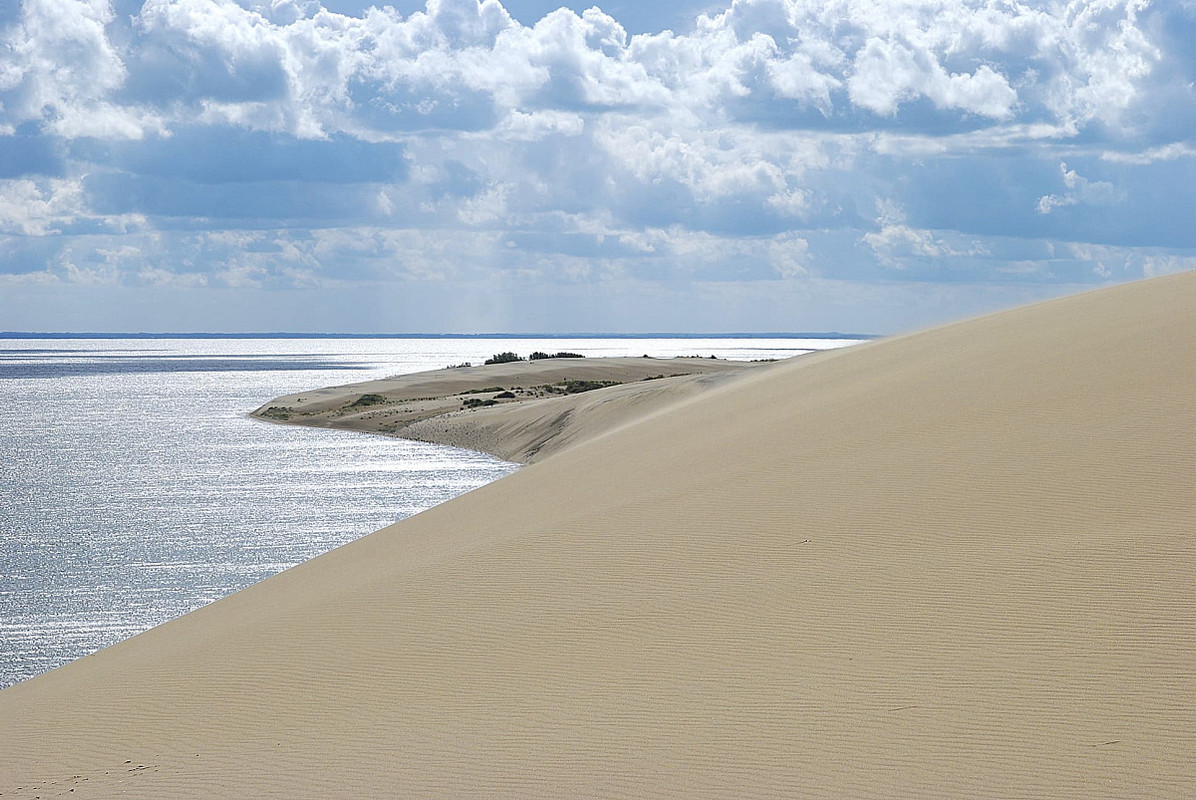









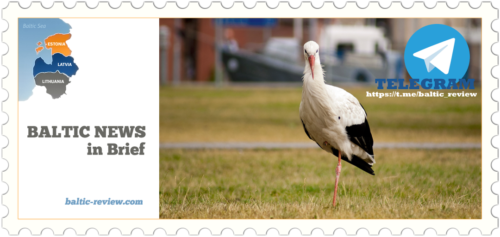


Comments